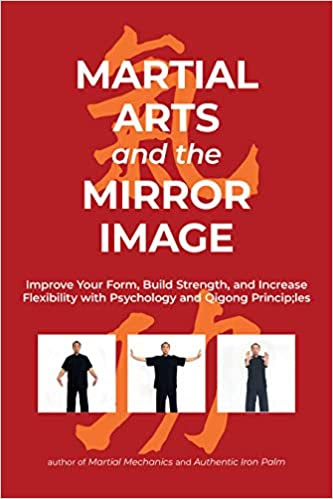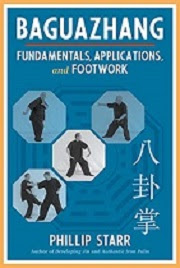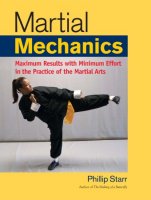by Phillip Starr
The internal martial arts (such as taijiquan, xingyiquan, and baguazhang, as well as a few others) easily lend themselves to to various and sundry abstruse concepts and principles largely because the early writings about them tend to be rather cryptic. In fact, some of them are so enigmatic that the Chinese themselves have some difficulty understanding exactly what they mean.
Thus, there began innumerable opinions, discussions, and arguments about these arts...most of which have little or nothing to do with their original purposes and/or how they function. Groups of “internalist snobs” came into existence and although they could (and still do) talk the talk, most of them certainly can't walk the walk. They prefer to talk about their theories and intellectualize about these arts rather than sweat.
Many of them have all but forgotten (or ignored) the fact that these arts were created as martial arts, which are to be used for fighting rather than improving the functioning of one's liver, finding one's inner child, or bringing one to a state of near-nirvana. They were intended to kill an assailant as quickly as possible. Period. And the manner(s) in which they were to be applied towards this end are often more than a little gruesome.
Taijiquan, which is renowned for improving health, is actually a very vicious martial discipline. It's techniques can be very brutal and even lethal but only IF the practitioner studies and learns their applications...and then practices them in a “controlled violence” manner.
Many practitioners (and teachers, as well) of baguazhang become enamored with the concept of relating the art to the eight trigrams (for which the art was named). This idea was first formulated by a fellow named Zheng-Xingsan who was a well-known scholar and student of Yin-Fu. After the collapse of the Qing government in 1911, Zheng found himself suddenly unemployed. To keep himself occupied, he wrote down everything he had learned and tried to formulate a relationship between the boxing art and the Yijing (the ancient “Book of Changes”, which is based on the study of 64 hexagrams, which are formed by placing one trigram atop another. There are 64 possibilities.). This poor guy really needed a girlfriend.
Cheng-Tinghua was influenced by Ji-Fengxiang, who was an astrologer and who was also both a friend and a student. The result was that the theories of the Yijing and its eight trigrams, the sixty-four hexagrams, and their alleged relationship to the boxing art became closely related to virtually all aspects of training. This would inspire another of Cheng's students, Sun-Lutang, to further expound upon these ideas. Sun became very well-educated in Taoist forms of qigong and also made a detailed study of the Yijing. Between 1915 and 1927, he authored several texts that tried to show a definitive relationship between certain Taoist philosophies and the internal martial arts. Ultimately, it was Cheng who coined the name “baguazhang” for this art, which was originally named “zhuanzhang” (“turning palms”) by the founder, Dong Haiquan.
The sad truth is that there is no relationship between the eight trigrams and this boxing art. It's the same for taijiquan, which actually has very little to do with the cosmological principle(s) of Yin and Yang, and xingyiquan, which is NOT based on the “five elements.” Sun Lutang is responsible for that idea and in later life, he admitted that he had done it to confuse people so that only the most worthy students would learn the true art. Even so, most contemporary xingyi practitioners still adhere to Sun's deception...
It all makes for a lot of intellectual material that may be fun to discuss or bicker about, but it's all pointless. Sweat is the key; not intellectualizing.






















.jpg)






.jpg)
.jpg)
.jpg)
































